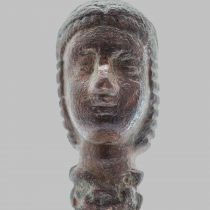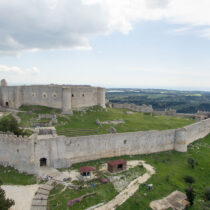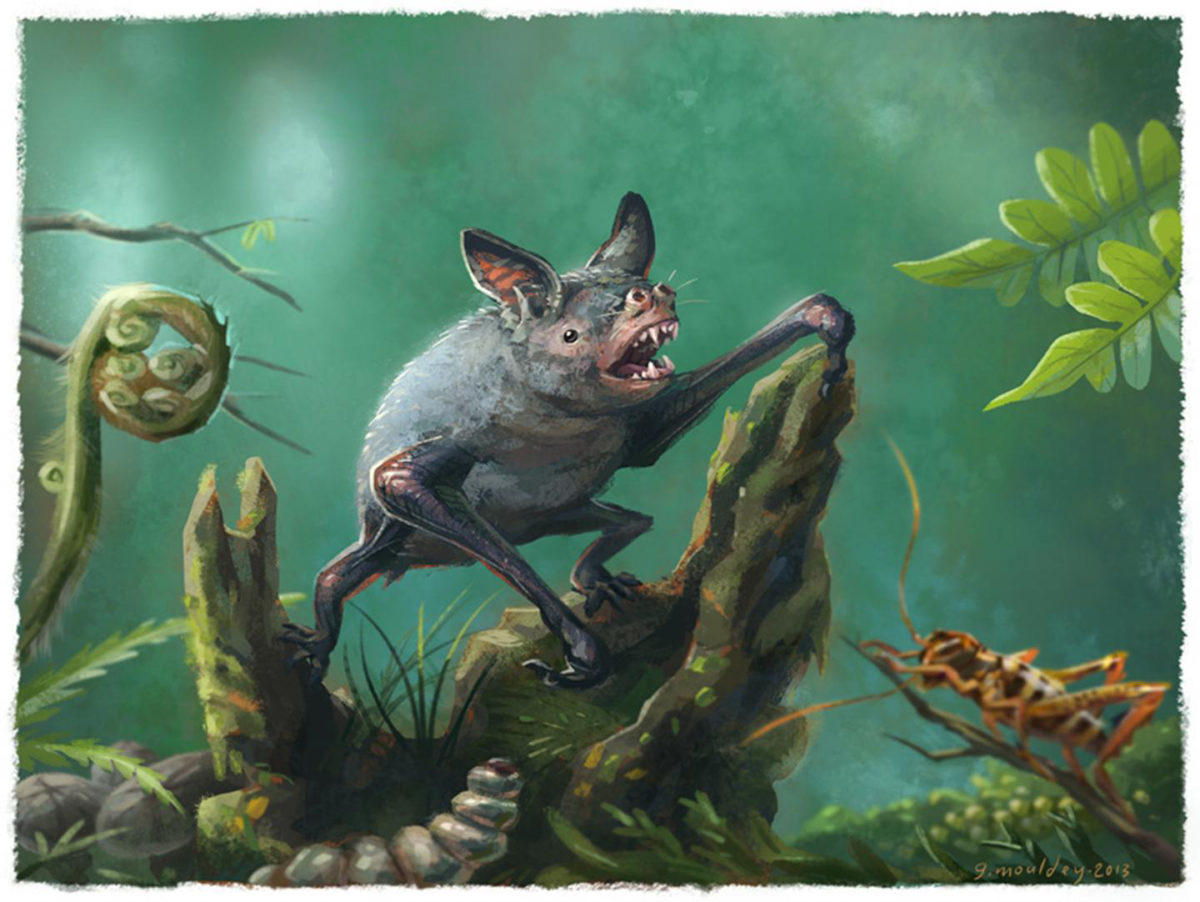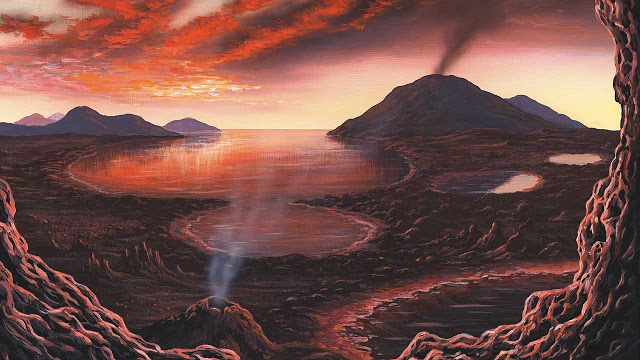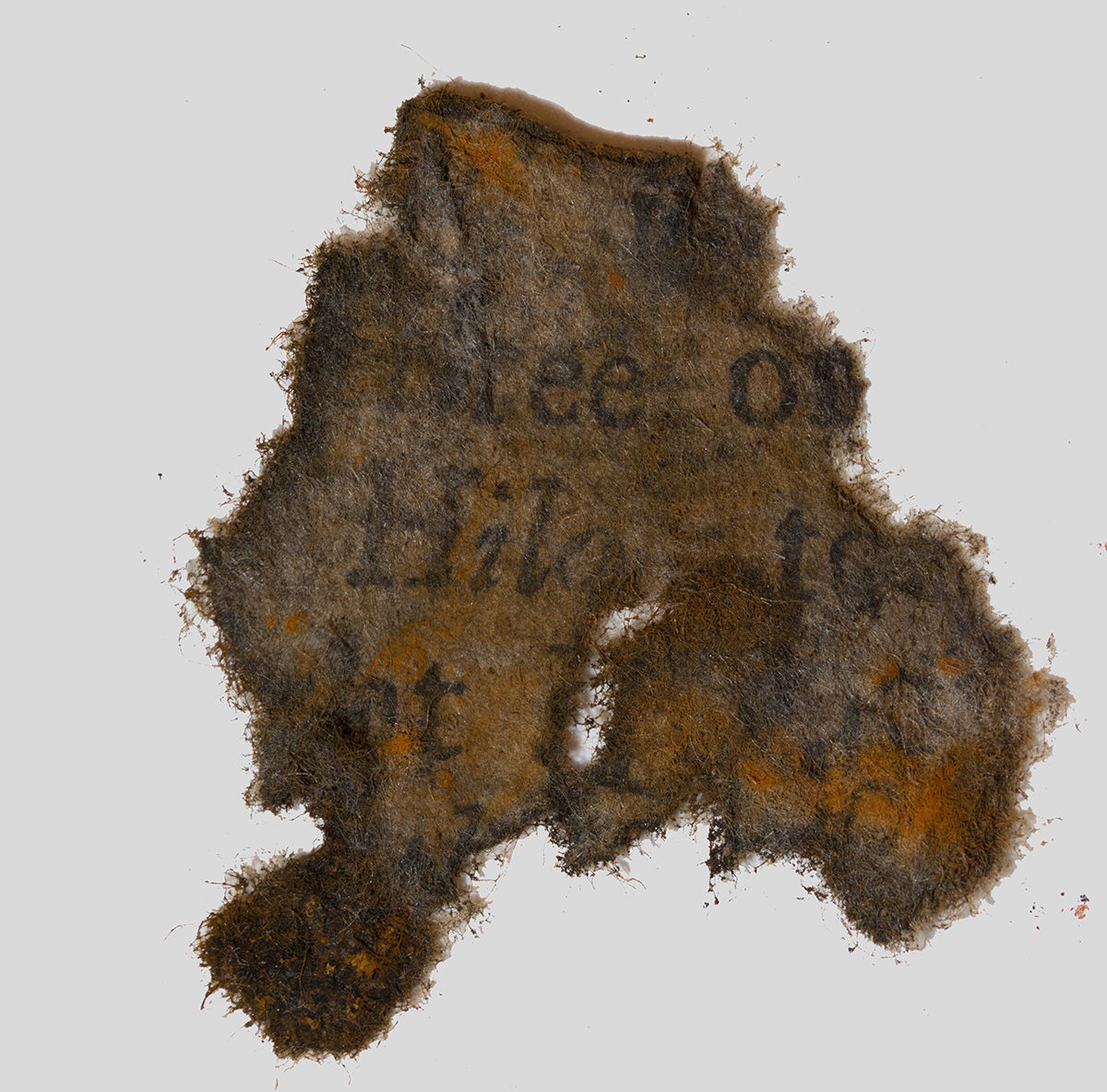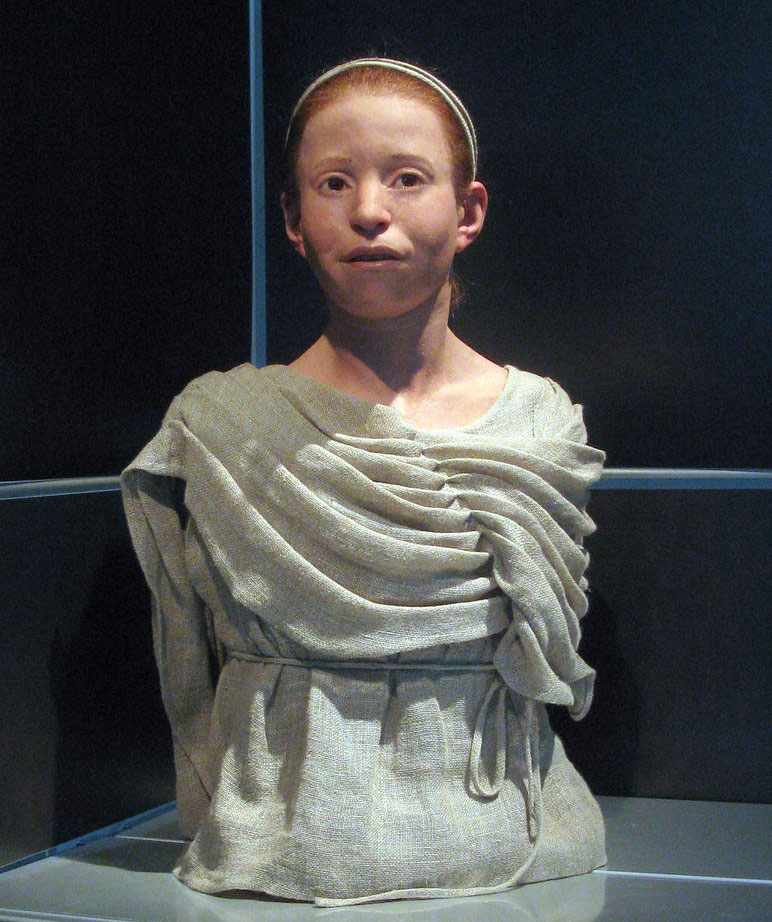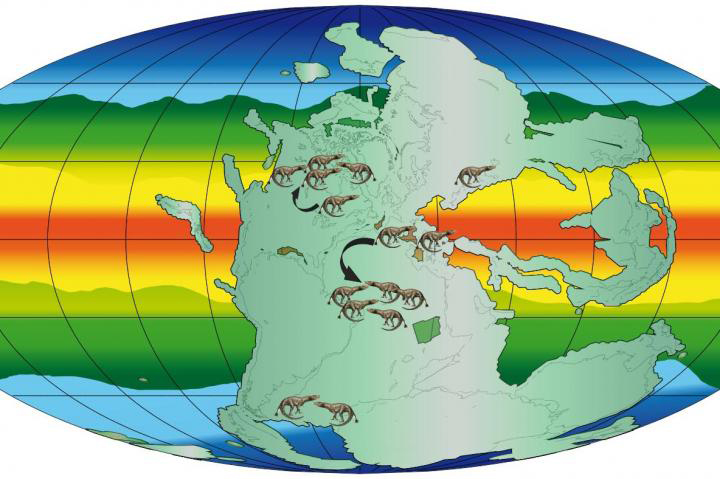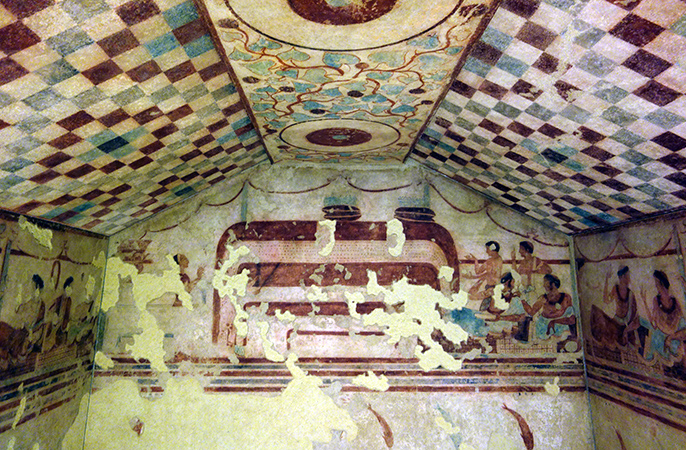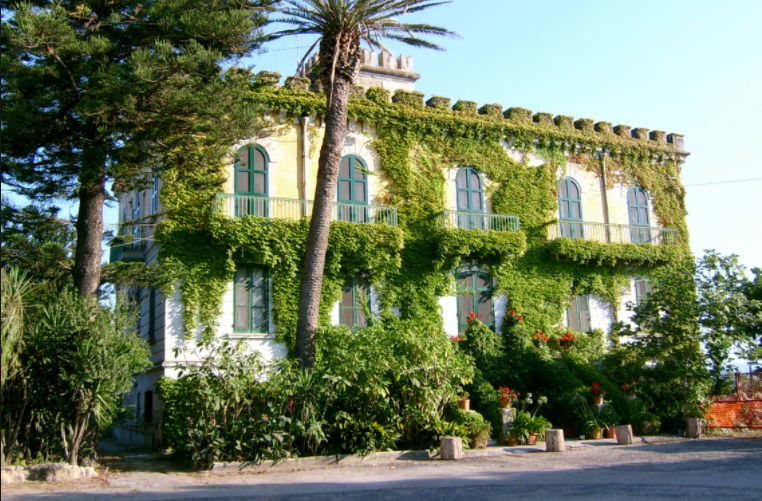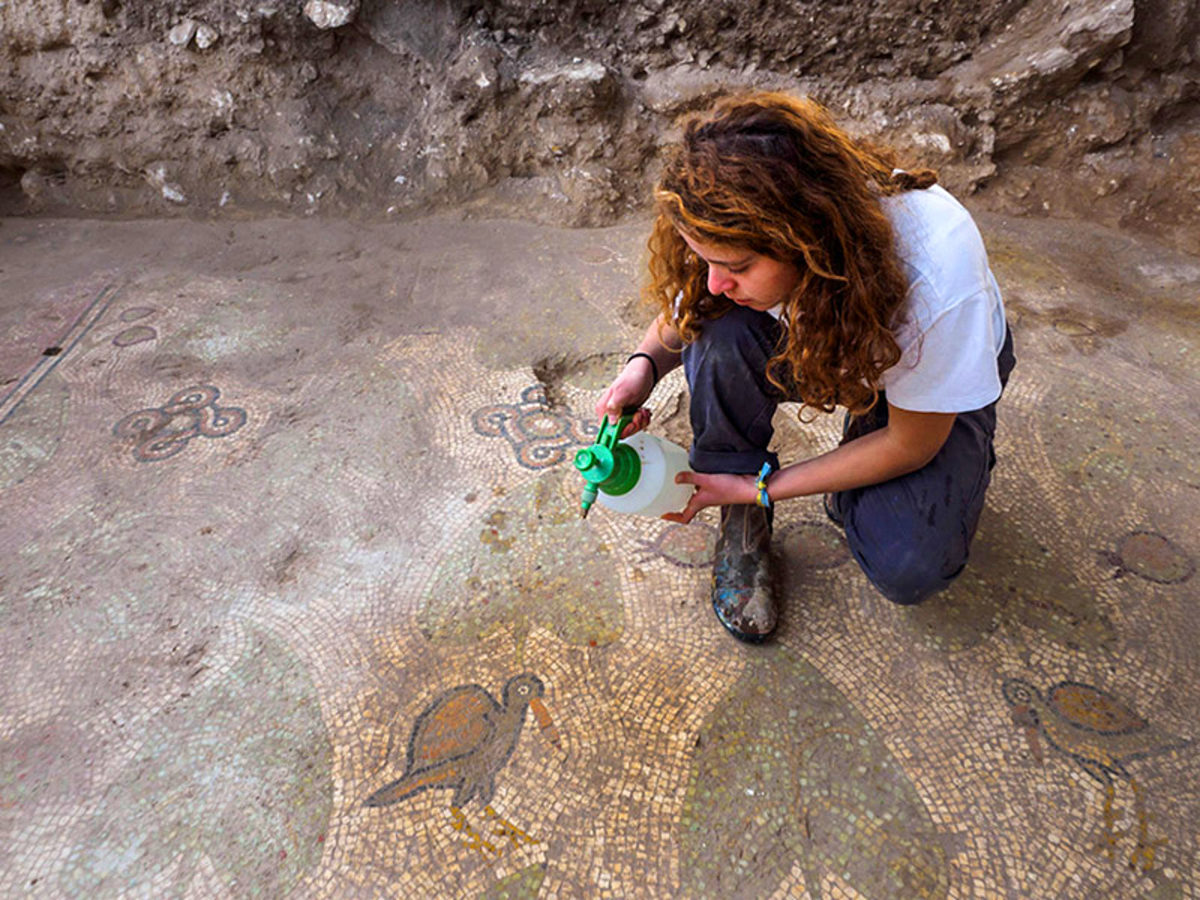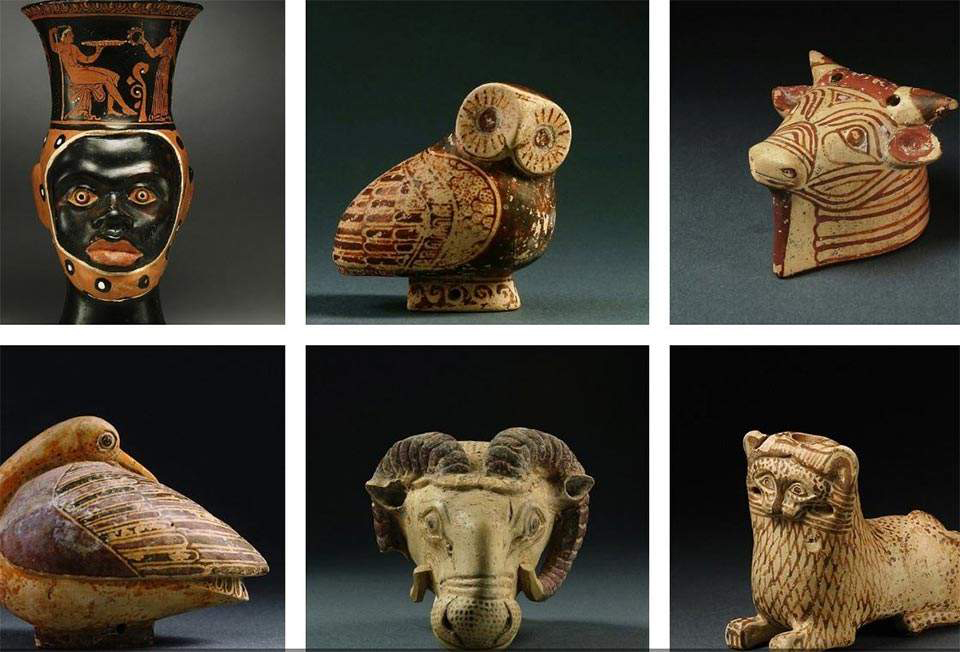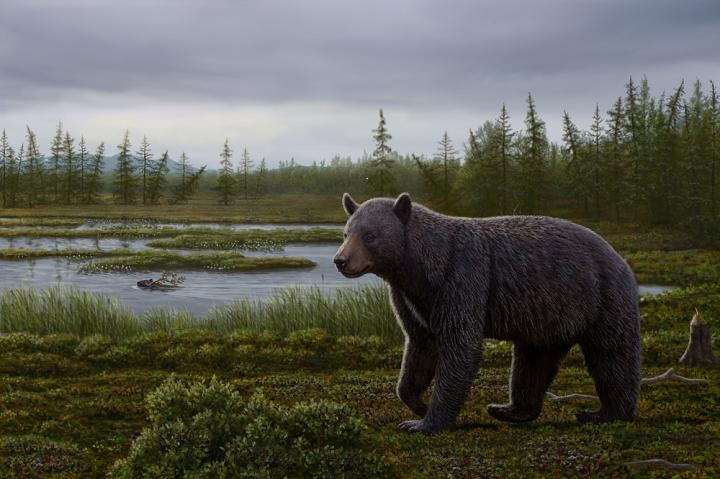Giant extinct burrowing bat discovered in New Zealand
Teeth and bones of the extinct bat were recovered from 19 to 16-million-year-old sediments near the town of St Bathans in Central Otago on the South Island.
Chemists discover plausible recipe for early life on Earth
Chemists at The Scripps Research Institute (TSRI) have developed a fascinating new theory for how life on Earth may have begun.
Fragments of pirate paper discovered and conserved from Queen Anne’s Revenge
Conservators have discovered and conserved a type of artifact that very rarely survives on shipwreck sites – paper.
Avgi (Dawn) at the dawn of civilization
Having come “face to face” with Myrtis eight years ago, we will now meet Avgi, coming to us from 7000 BC and the dawn of civilization.
Life on land and tropical overheating 250 million years ago
Researchers investigate an important time in the history of life, which marks the end of ancient kinds of animals in the oceans and on land, and the beginning of the modern-style faunas we see today.
Etrusco-Italic Architecture in its Mediterranean Context
Registration is now open for the one-day workshop on Etrusco-Italic Architecture.
Dual migration created genetic ‘melting pot’ of the first Scandinavians
New genomic data suggest that the first human settlers on the Scandinavian peninsula followed two distinct migration routes.
Dragon bed restored after 17 years
It took 17 years for archeologists in southwest China's Sichuan Province to restore a "dragon bed". The structure is believed to have been used 2,500 years ago by a king.
The Harbour of Kyllene/Glarentza research programme has been completed
A 10-year scientific collaboration project completed.
Learning in the Late Republic and the Augustan Age
Deadline for sending abstracts: January 15, 2018.
Some items discovered in Alexandria
An Egyptian Archaeological mission working at Al-Abd land in Alexandria uncovered a number of archaeological elements and remains of tombs dated back to the Greaco-Roman era.
Prague’s astronomical clock will stop for six months
The famous 15th century astronomical clock, one of the best-known tourist attractions in the old town of Prague, has stopped recently for six months of repairs.
Redefining knowledge of elderly people throughout history
Until now it was a common belief that our ancient ancestors didn’t live past 40 years of age. But according to a new research they usually died at the age of 70!
DNA analysis of ancient mummy, thought to have smallpox, points to hepatitis B instead
While little is known about its evolutionary history and origin, the findings confirm the idea that HBV has existed in humans for centuries.
Rare prehistoric site uncovered in central Israel
A rare and important prehistoric site, roughly half of a million years old, extending over about 10 dunams, was uncovered during the last few months in Jaljulia.
Re-Thinking Globalisation in the Ancient World
Call for Papers still open! Conference will take place in Lampeter, Wales, UK, on 8-10 May 2018.
The Ministry of Culture about the seized Greek antiquities in NYC
The Greek Ministry of Culture and Sports is awaiting the official data of the American authorities in order to proceed to the appropriate actions for the repatriation of the Greek antiquities.
Did ancient irrigation technology travel Silk Road?
Ancient irrigation system allowed a farming community in arid northwestern China to raise livestock and cultivate crops in one of the world’s driest desert climates.
Research reveals evidence of new population of ancient Native Americans
Genetic analysis of ancient DNA from a 6-week-old infant found at an Interior Alaska archaeological site has revealed a previously unknown population of ancient people in North America.
Byzantine monastery and church uncovered in Israel
Remains of a 1500-year-old monastery and church dating from the Byzantine period have been uncovered by archaeologists at an archaeological site in Beit Shemesh, Israel.
Looted Greek antiquities located in billionaire’s home in New York
Looted antiquities of Greek and Italian provenance were confiscated from the office and home of billionaire Michael H. Steinhardt in Manhattan.
Primitive fossil bear with a sweet tooth
Researchers from the Canadian Museum of Nature and the Natural History Museum of Los Angeles County have identified remains of a 3.5-million-year-old bear from a fossil-rich site in Canada’s High Arctic.
Treasure trove of highly detailed fossils uncovered by Uppsala researchers
A team of researchers from Uppsala University have uncovered a hidden diversity of microscopic animal fossils from over half a billion years ago lurking in rocks from the northern tip of Greenland.
Prehistoric bling? Aesthetics crucial factor in development of earliest copper alloys
A new study by an internatinal team of UK and Serbian researchers have created a Cu-As-Sn (Copper-Arsenic-Tin) colour ternary diagram in order to discover the original coloration of ancient artefacts that have since become patinated over time.



